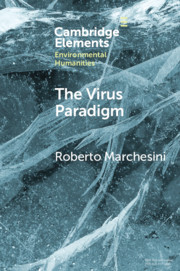Element contents
The Virus Paradigm
Published online by Cambridge University Press: 21 January 2021
Summary
- Type
- Element
- Information
- Online ISBN: 9781108966160Publisher: Cambridge University PressPrint publication: 18 February 2021
Bibliography
- 16
- Cited by



